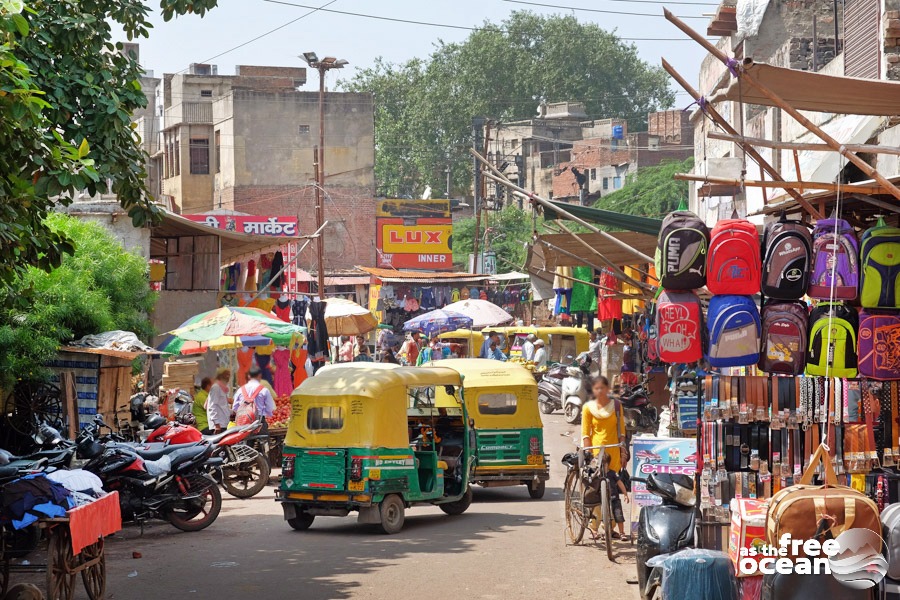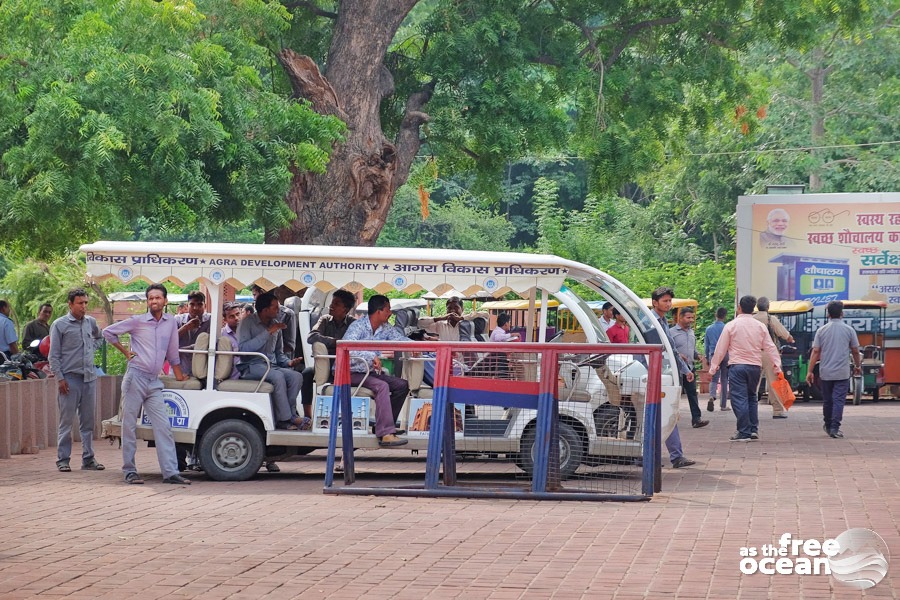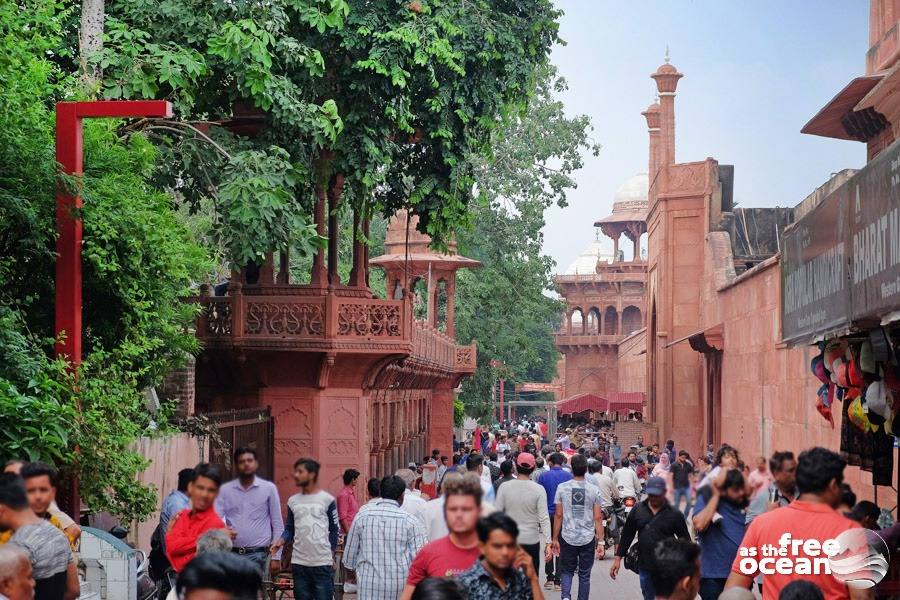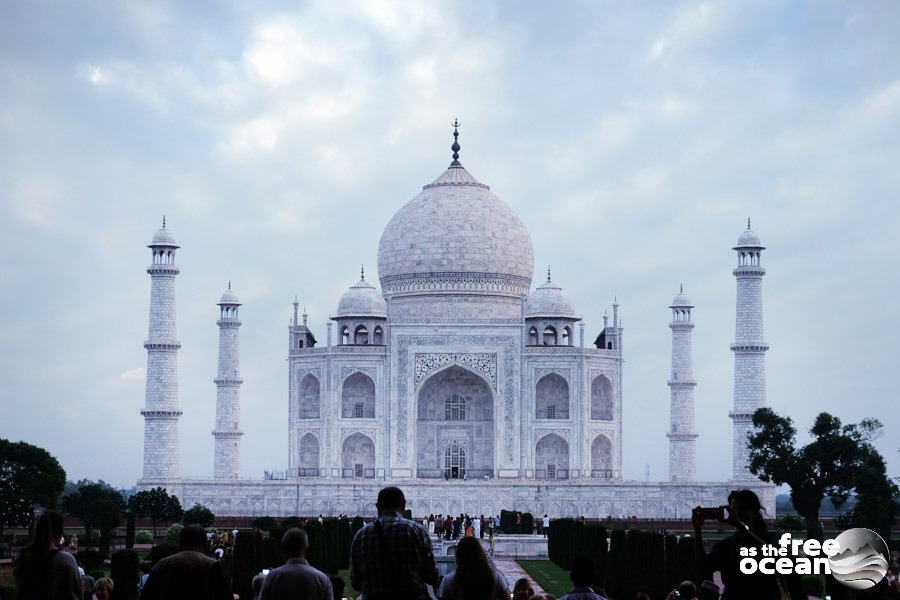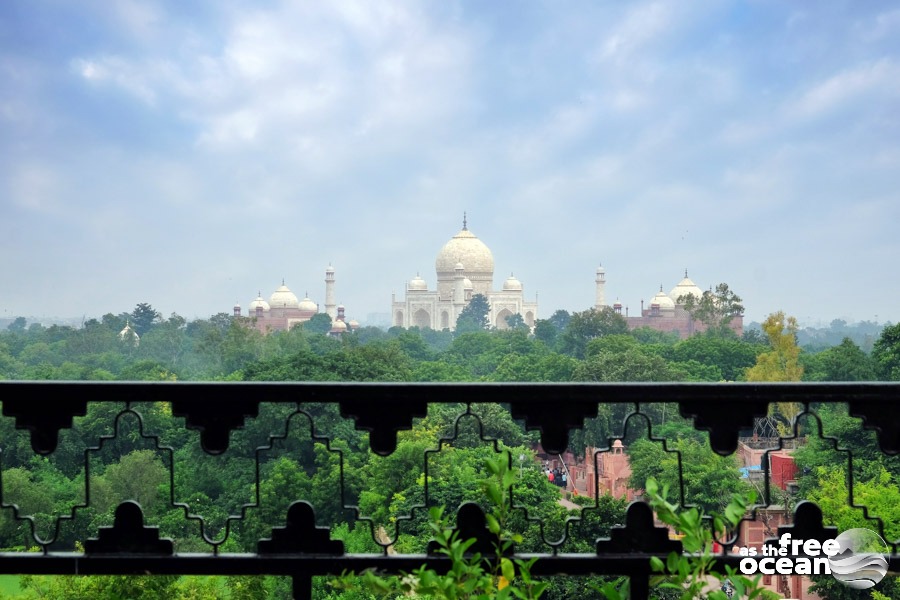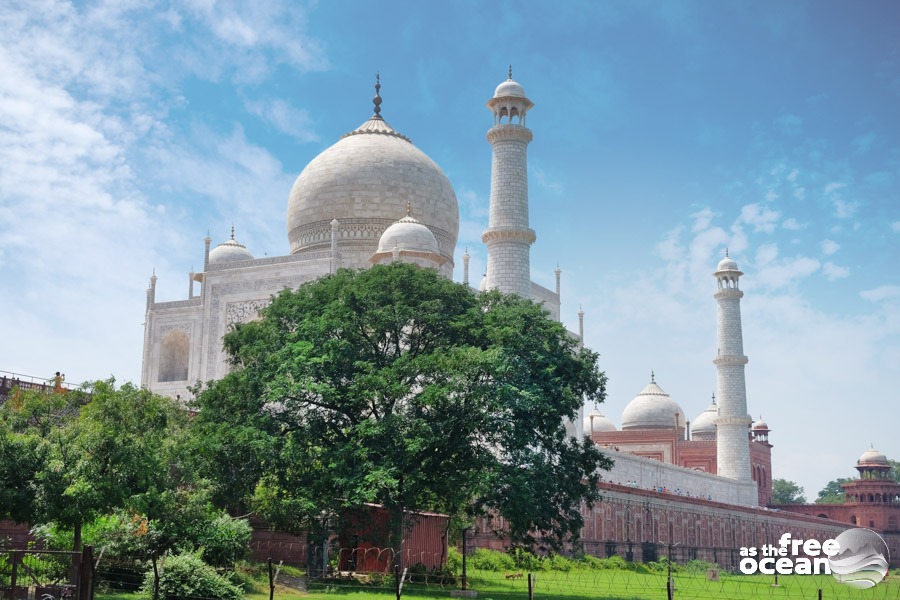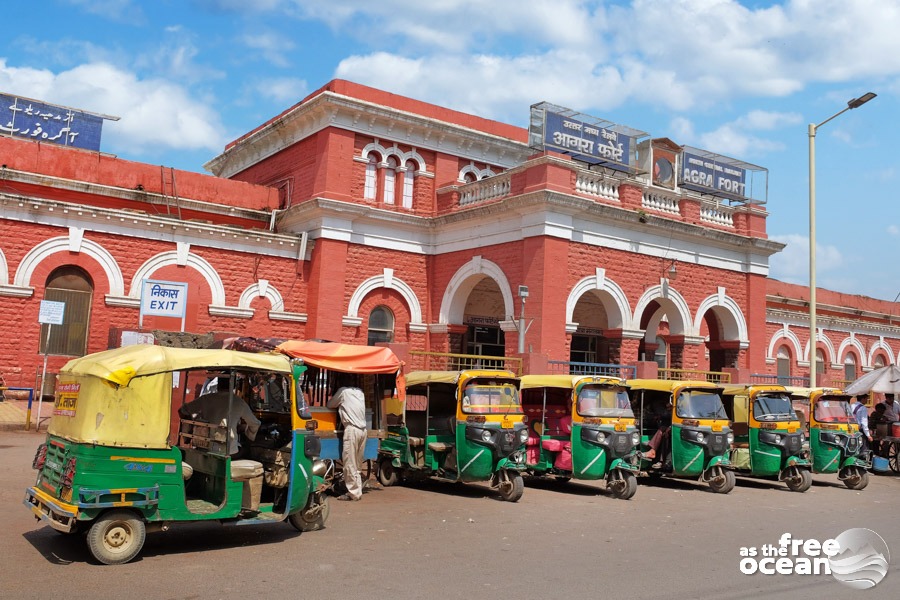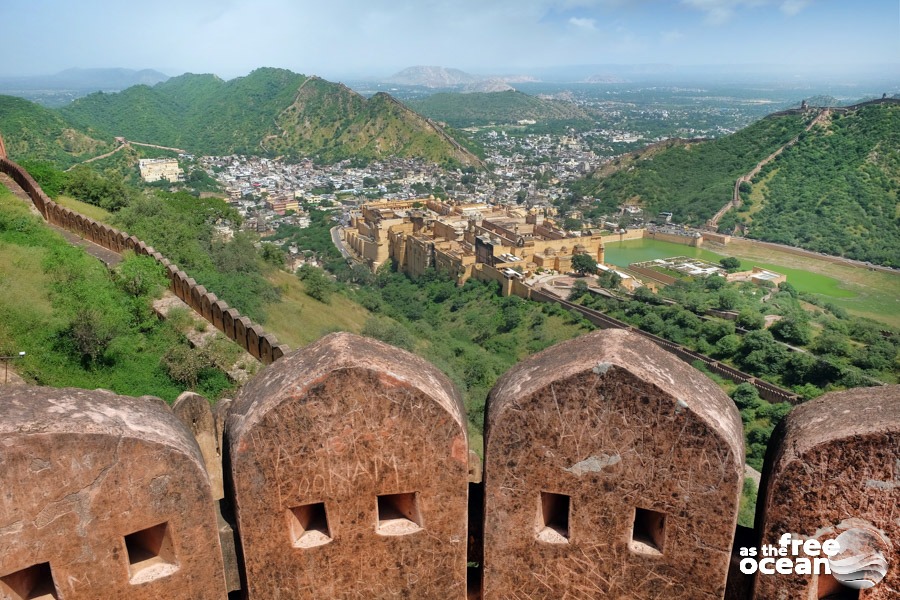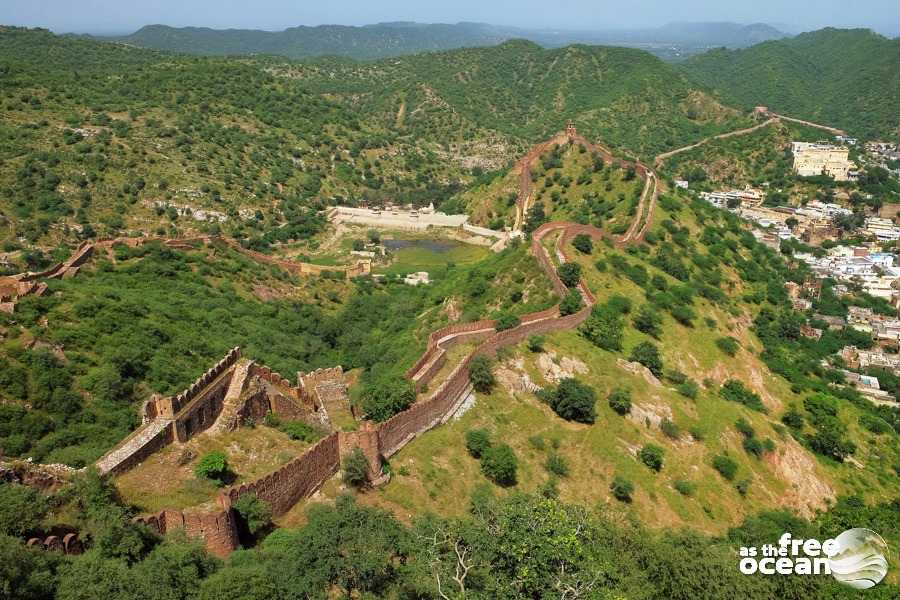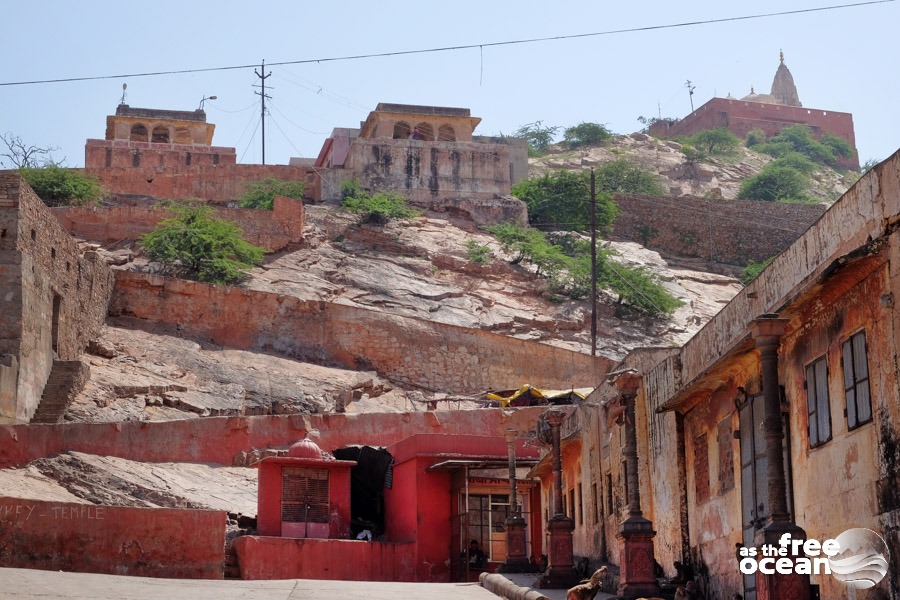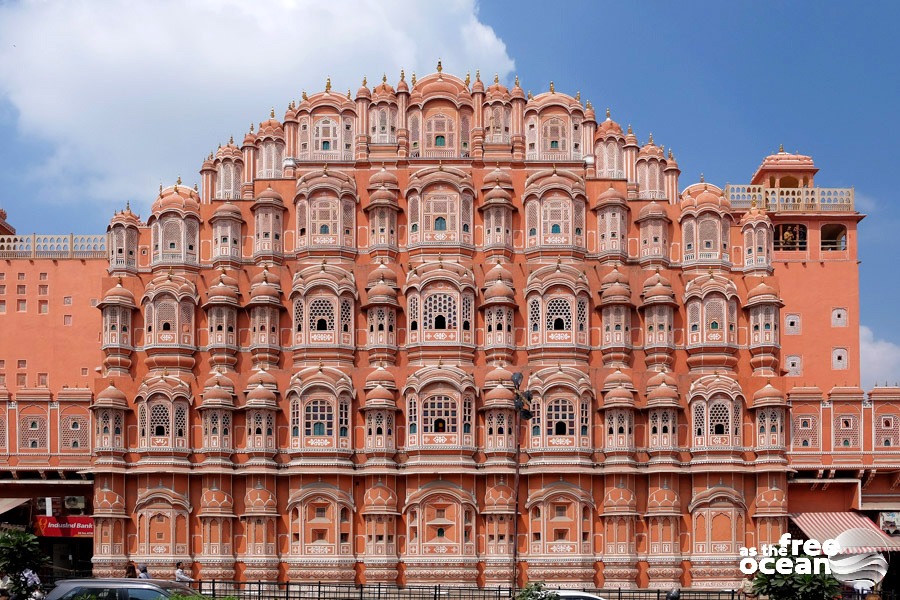New Delhi impressed us since the moment we got close to the city while traveling by bus from Agra, with its modern buildings and the complex infrastructure. But the closer we got to the old streets and the touristic areas, the less charm we found.
New Delhi is the capital of India and its second-largest city. We spent here our last three days in the country, before flying home. After 8 months of being constantly on the roads, we decided it was time for a break, mostly after India consumed our last energy reserves.
Moving around in New Delhi
Delhi’s well-organized infrastructure allows locals and tourists to easily move around. One of the most convenient transportation options is the subway, which can bring you faster than other transportation methods to the far placed attractions. Ola Cabs and Uber services are available in the city, but finding a driver always took a very long time so we tried to negotiate directly with the tuk-tuk drivers. Still, we used the apps to understand what the fair prices were, as most tuk-tuk drivers try to rip-off tourists more than in any other place that we visited in India. Another transportation option is the cycle rickshaw, for those who want more of local experience.
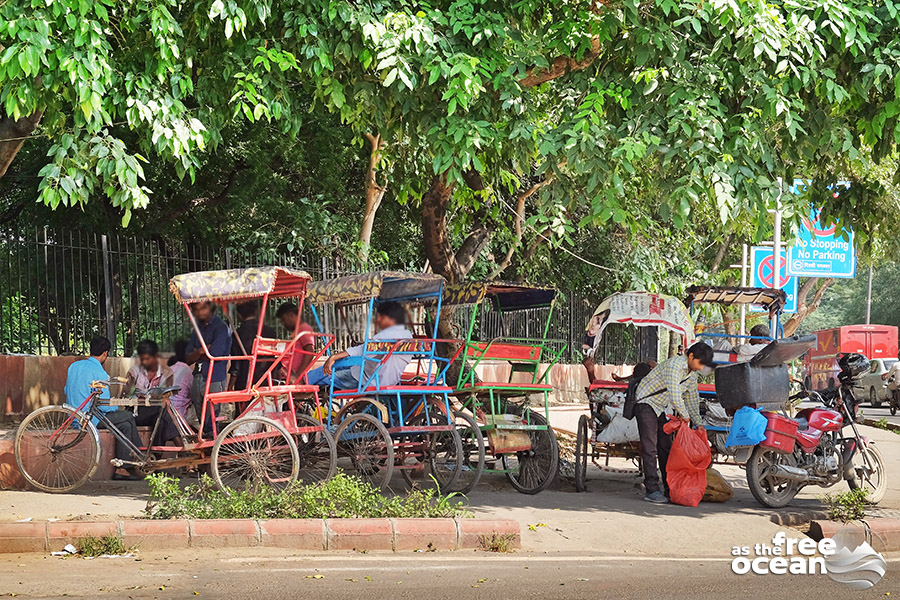
Food, drinks and entertainment in New Delhi
Like most big cities, New Delhi does not disappoint with its large selections of restaurants and coffee shops, local and western style. We opted for the local food, as we knew that once we leave the country we would miss it very much, but we frequently went also to western-style bars and coffee shops, where we knew we could always find a good cappuccino.
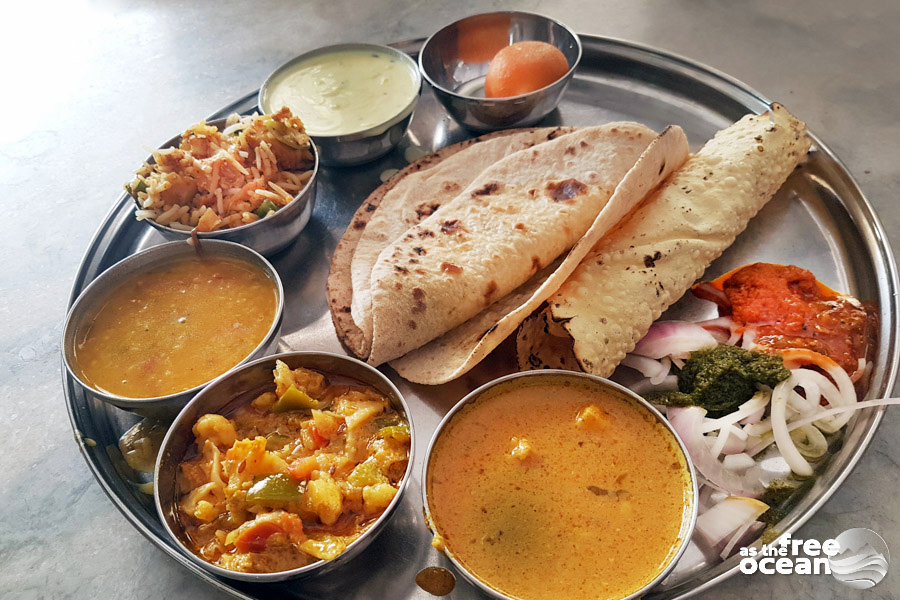
The time in Delhi was short, so we tried to see some of the main attractions, which are many but relatively far from each other. The interest for India’s more recent history brought us to the Gandhi Park, named after the leader of the Indian independence movement against the British rule.
Later that day we visited the Lotus Temple, one of Delhi’s main attractions. But behind its architectural beauty, there are other meanings that make it beautiful. It is a place of worship for all religions, everyone is welcome to enter and pray. But even if praying is not what you search for, it is still a nice place to hide from the hot sun and find a moment of silence, away from the tumult of the surrounding streets.
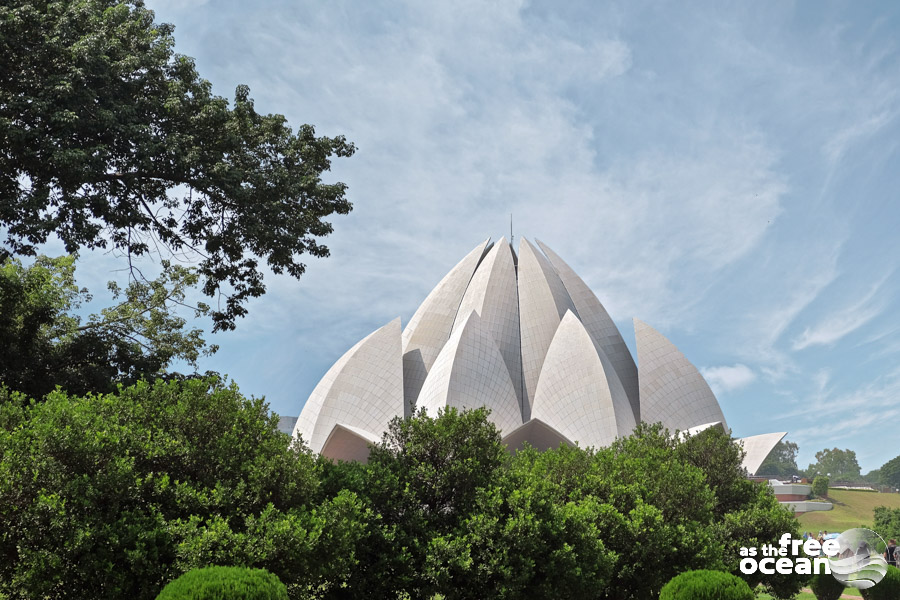
Loosing ourselves on the crowded streets near the Meena Bazar, close to the Jama Masjid Mosque, felt like another “time-travel” experience, where we forgot about the skyscrapers and the modernity of the new part of the city and where we could once again experience India in an authentic way.
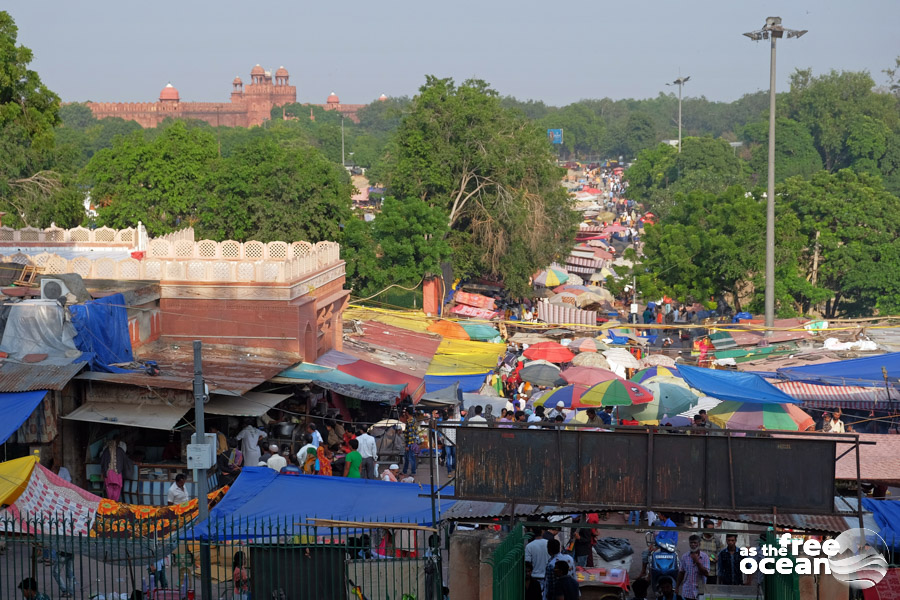
But the most authentic experience we had while walking in the oldest and probably busiest market in India, Chandni Chowk. It is chaotic, congested, dirty and dusty, but beautiful to witness. There we witnessed a captivating show, in which tuk-tuks, cycle rickshaws, cars, pedestrians and cows and dogs competed for space.
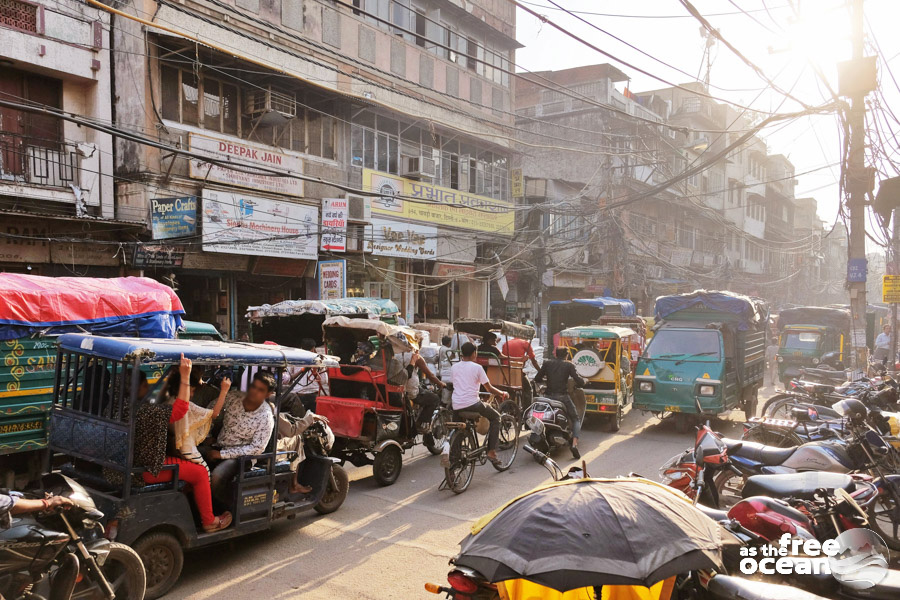
At the end of our stay in New Delhi, we took a flight back to Europe, where we happily met our families and friends again.
Coming back home at the end of any of our travels always felt nice, but going away again has always been an exciting thing to do. We planned to stay for one month at home and soon after travel back to Southeast Asia, choosing as a starting point Thailand.
For more pictures from New Delhi follow this link.

